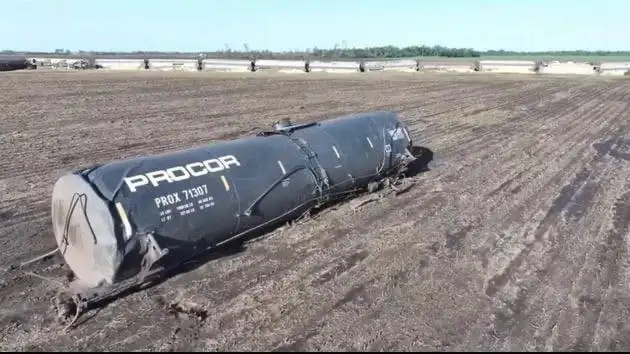Levon Azizyan, Director of the Center for Hydrometeorology and Monitoring SNCO, wrote on his social media page:
“A tornado of maximum intensity, EF5, has not been recorded in the United States for more than 12 years. The US National Weather Service recently conducted an in-depth analysis of all data on the tornado recorded in Enderlin, North Dakota, on June 20 and raised its category to EF5.
According to experts, the maximum wind speed reached 338 km/h (94 m/s) when the tornado passed through Russ and Cass counties, causing the death of three people. Why was the report published almost four months after the tornado hit North Dakota?
Every time a tornado is reported, the National Weather Service sends a team of meteorologists to the scene to assess the damage and determine whether it is consistent with the damage caused by a tornado, and if so, what category it falls under on the Fujita scale. This process often takes days or weeks, but in some cases, as in this instance, it can take months.
For the final assessment, the National Weather Service brought in a team of engineers and scientists who determined that the lift of a railcar by about 500 feet, as well as the overturning of a fully loaded grain car, is consistent with the wind speed of an EF5 tornado.
It is interesting to note that without these cars, it would have been nearly impossible to determine the strength of this tornado as an EF5, since the Fujita scale is based solely on the damage and destruction caused by the tornado.




















